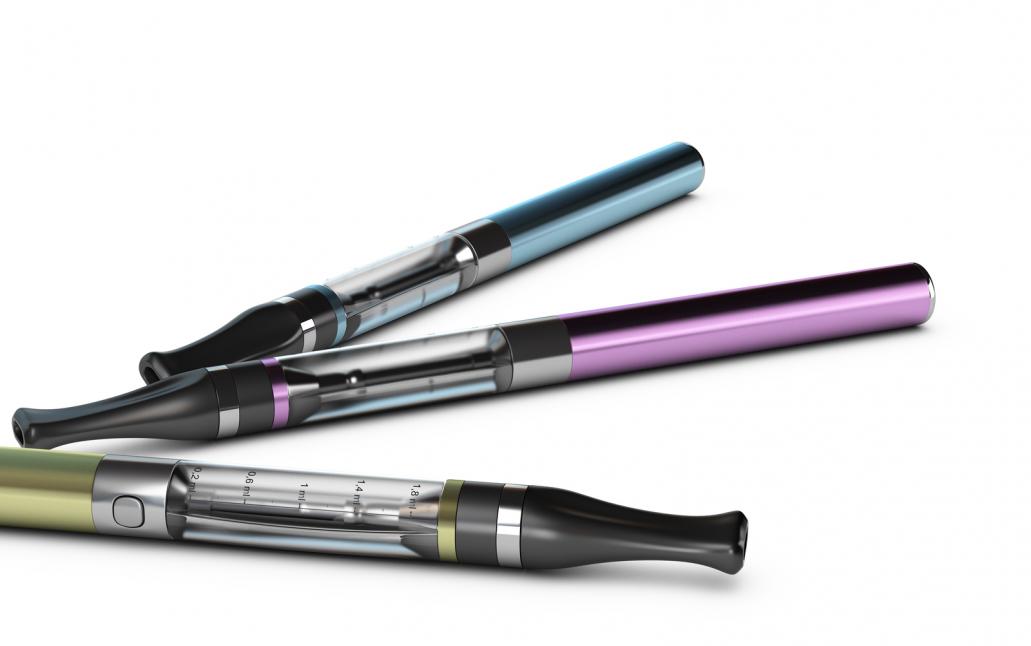In a jointly signed op-ed in the Washington Post, outgoing FDA Commissioner Scott Gottlieb and Health and Human Services Secretary Alex Azar warned about an epidemic of e-cigarette addiction among the young. They say that the proliferation of abuse among teens and young people is a crisis that the industry has been slow to address.
E-cigarettes, often called vapes, are devices used to “vaporize” and inhale small amounts of nicotine. Vaporizing is supposed to be “better for you” than smoking cigarettes, although science hasn’t proven this yet. The commercial products sold online and at convenience or retail stores across the country. Some of these devices are discreet and designed to look like a thumb drive or an ink pen. They come in colorful packaging and offer candy-like flavors like bubble gum or sour apple.
Startling Number of Teens Use E-cigarettes Regularly
The numbers don’t lie. The Washington Post points to a 2018 National Youth Tobacco Survey that showed dramatic increases in usage of e-cigarette use among teens over just one year. That number, nearly 80 percent, was accompanied by another startling statistic. Almost 50 percent more preteens had also used e-cigarettes during the same period. Some of this usage was experimental, but for many, there are signs of addiction. Nearly 40% percent of teenagers who used vapes, did so on “20 or more of the past 30 days.”
Earlier this year, the FDA had issued warnings to vaping manufacturers and distributors that seemed to be marketing to children through fruity-flavored nicotine vapes. Further enforcement included fining brick-and-mortar stores who sell nicotine vaporizer products without checking any identification. Nearly 1300 stores received warning letters and, in some cases, fines.
But as the FDA continues to attempt to regulate vape products, kids who are already addicted may need help to quit. The two officials pointed out one manufacturer that dominates the market, presumably from mostly teen sales:
“…We’ve also been confronted with epidemic levels of e-cigarette use by kids in middle school and high school. One popular brand, Juul, has even become a verb, with teens “juuling” in high-school restrooms. There’s also the reality, as the National Academies of Sciences, Engineering, and Medicine reported last year, that a young person who tries an e-cigarette is more likely to try a regular tobacco cigarette.”
The op-ed closes with a promise to continue to clamp down on the e-cigarette industry, even as leadership changes hands to an unnamed person. The two officials close by explaining the need to regulate companies manufacturing is urgent, and they worry that public health is at a turning point with these alarming numbers.
The FDA also plans to expand the public education campaign to explain the effects of nicotine vaping on the brain. Some teens that use vapes have said they didn’t realize that vaping was addictive or that the fruity liquids contained tobacco, and now governing agencies want to let them know.
Scott Gottlieb announced last month that he would be leaving the FDA. Trump has not said who he will choose to take his place.



Leave A Comment
You must be logged in to post a comment.